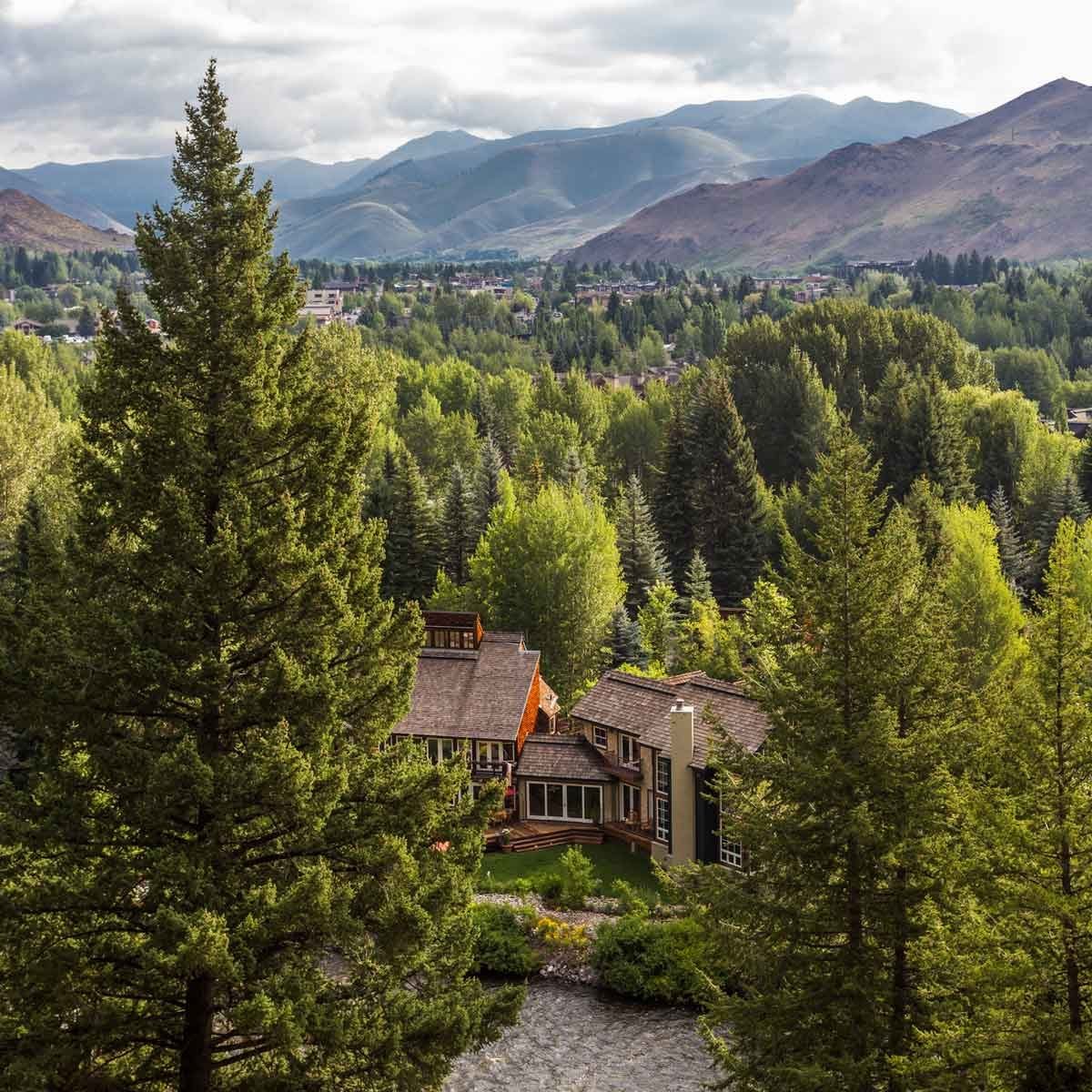It's hard to tell how sunny it is outside after buying a house in the woods. But you can't put a price tag on the serenity!
Our editors and experts handpick every product we feature. We may earn a commission from your purchases.Learn more.


It's hard to tell how sunny it is outside after buying a house in the woods. But you can't put a price tag on the serenity!
Our editors and experts handpick every product we feature. We may earn a commission from your purchases.Learn more.
The privacy of a dwelling within acres of woodland drew us to purchase our house in the woods. We imagined ourselves sitting on the deck, looking out into what seemed like miles of trees while deer grazed and colorful birds flew by.
Make no mistake, that is what it’s like living in the woods — when you’re not blowing leaves, trimming branches or climbing on the roof to clear the gutters. As serene as it is, these are a few of the things I wish I had known before buying our house in the woods. Here are some useful tips on cleaning log cabin exterior. You can also curate a shoreline landscape design for your cabin!
On This Page
Because of the ample shade in the spring, summer and fall, the house takes longer to dry out after it rains. Without direct sunlight, it tends to always feel damp, especially in the basement. That’s why dehumidifiers are a must when living in the woods. Without them, you leave yourself susceptible to a constant clammy feeling and even bigger problems, such as mold. You can also modernize your cabins with the best off grid power systems and the best off grid water options.
Pruning trees in the summer, raking leaves in the fall, chopping wood in the winter and weeding the garden in the spring all seem like typical seasonal maintenance. But when you live in the woods, these are nearly everyday chores. While the maintenance is constant, it’s worth it to experience the beautiful fall foliage, blooming wild flowers and picturesque winters.
We considered naming our house “Roots and Rocks” because it’s hard to plant anything with long, deep roots, in part because of the abundance of rock just beneath the surface. Having a good root-cutting shovel will help. And because many of us don’t own a jackhammer, the most useful tools to remove or work around the rocks are pick-axes, spades and pry bars. A bonus: We’re able to incorporate rock gardens and boulders into our landscaping at no extra cost!
Regular roof maintenance is imperative when you live in the woods because your roof takes a hit from the elements. While the tall trees help shield the roof from wind damage, having trees extend over the house makes the roof vulnerable to falling limbs, nuts, pine cones, bird droppings, etc.
In addition, the lack of sun means snow and ice sit longer on the roof in the winter. Replacing broken shingles, investing in a good leaf blower, and using an extension to clear the debris out of the gutters are some of the things we do to prevent leaks and keep our roof in good shape.
Keeping a fire burning in the fireplace all day while the snow falls outside is one of the coziest things about living in a house in the woods. And with so much firewood around, you can heat your home without cranking up the thermostat, which saves money. A lot of the wood comes from the dead and fallen trees, so buying the right chainsaw is a must.
If studies show that spending just five minutes around trees or in green spaces improves health, imagine what living among the trees can do! Coming to our house in the woods from a more urban setting, we get better sleep, rarely get sick and have a greater sense of calm. These are things I never would have expected, but definitely appreciate.